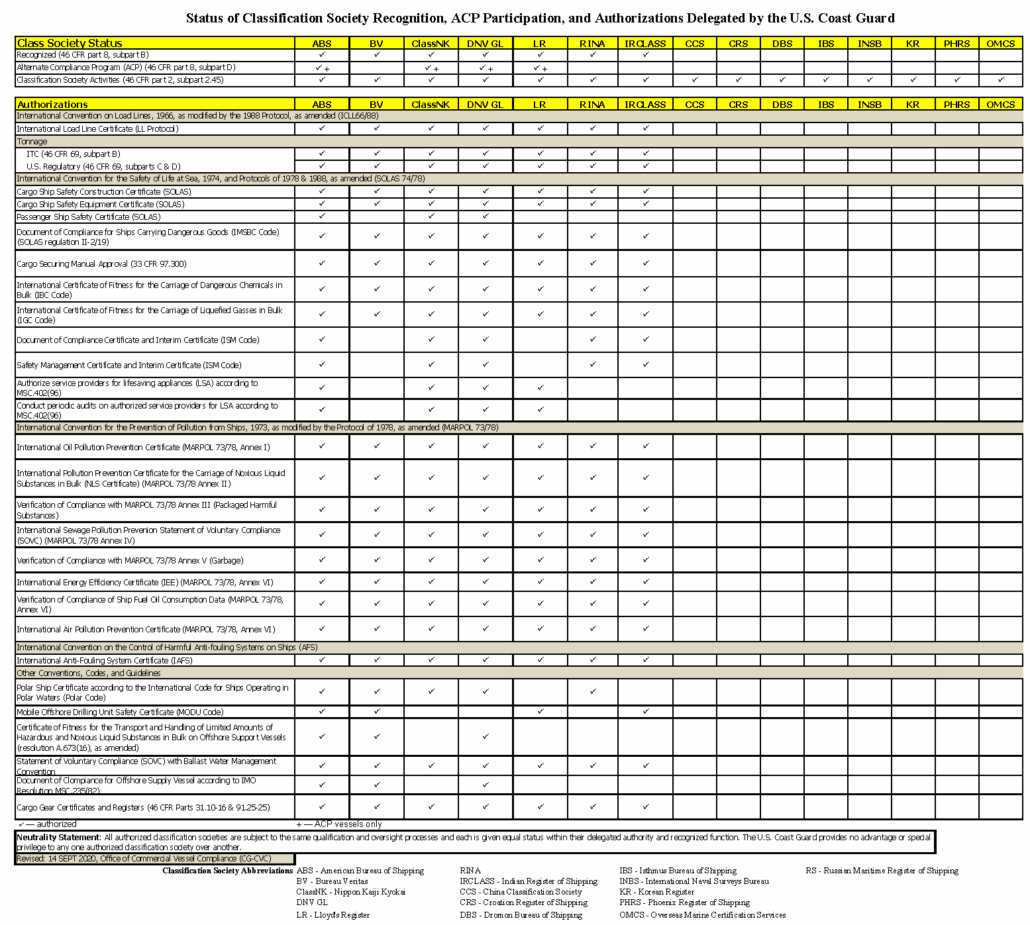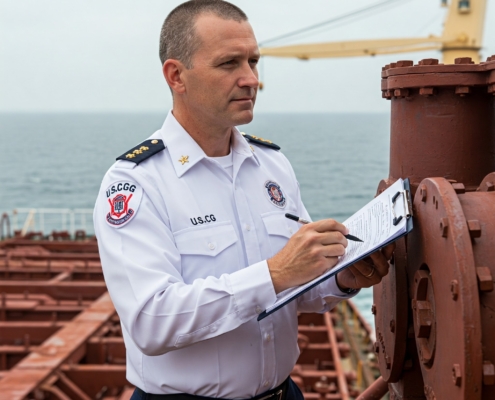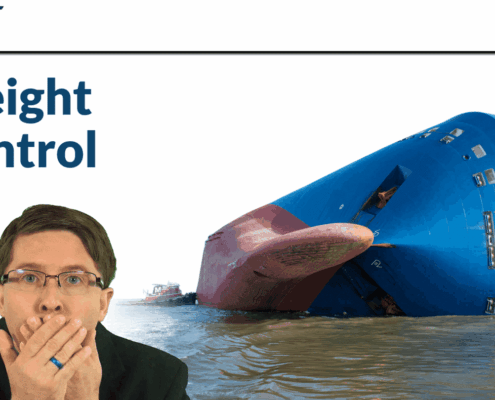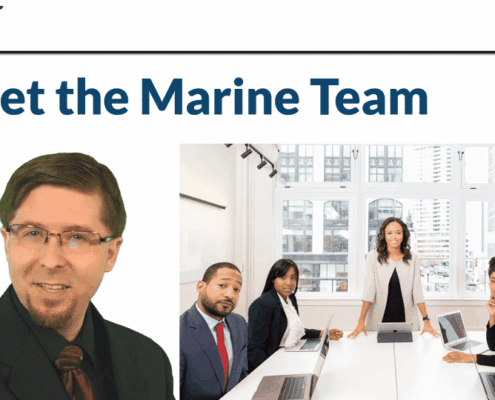The basic problem for maritime inspections is jurisdiction. Most ships operate on the high seas (Figure 2‑1), routinely traveling between different countries. Each State (legalize for country) has their own laws and their own standards for maritime safety. Should a ship constructed in China still comply with the safety standards of the USA?
The answer is a very important and complicated international treaty: the UN Conventional on the Law of the Sea (UNCLOS), which outlines the legal framework for sharing jurisdiction when on the seas.
This article is not a discussion on the legal development of maritime regulations. There are literally entire classes on that subject. Instead, we need to appreciate the practical problems with maritime jurisdiction. The oldest basis for maritime authority is cannons. Naval power. And that holds true today. Because it does no good for a nation to create laws unless you can enforce them. That causes a problem for international treaties. The International Maritime Organization (IMO), our international regulatory body, has no authority. They write the laws, but they have no military to enforce the laws.
Enforcement falls to each maritime State that complies with the IMO. In general, the State writes the IMO regulations into their own maritime laws. But that does not make the State responsible for all ships, just the ones registered to that nation (with some important extensions that I will not cover here). Unfortunately, we cannot trust States to uniformly enforce IMO regulations. Each State has their bias; every State has always worked for their own individual benefit. The average country in the world is not always reliable for enforcing maritime safety. So our maritime industry grapples with a patchwork of inconsistent, constantly changing regulations, just as turbulent as a stormy sea.














